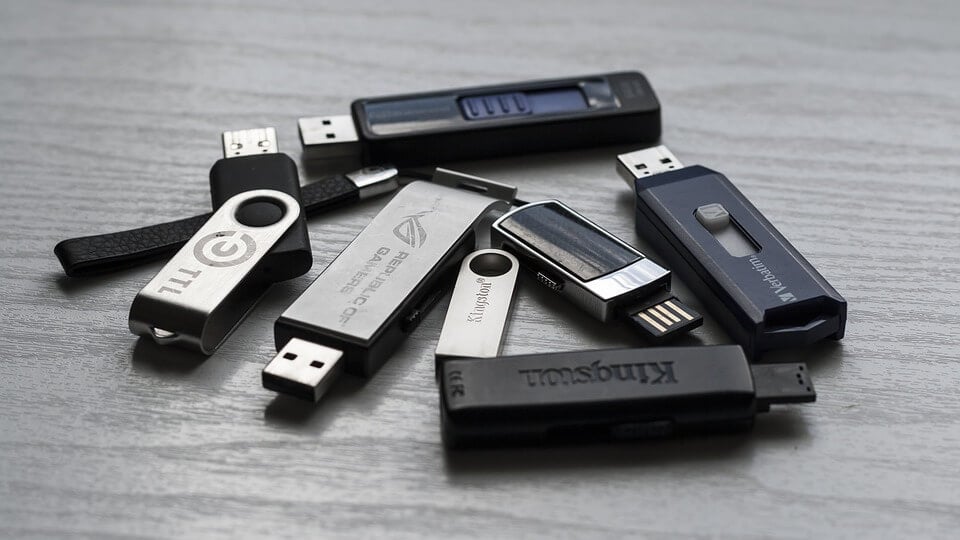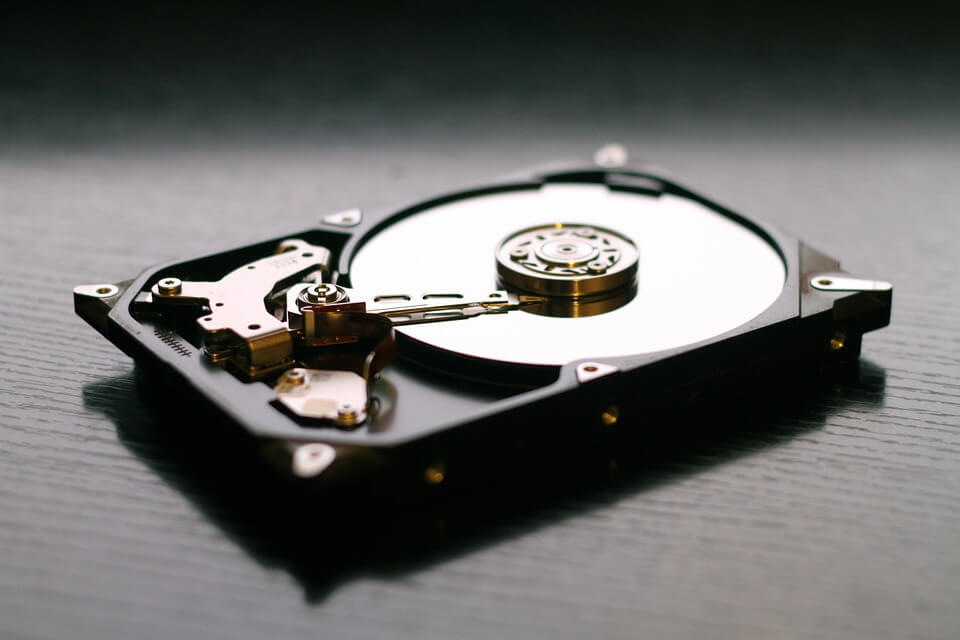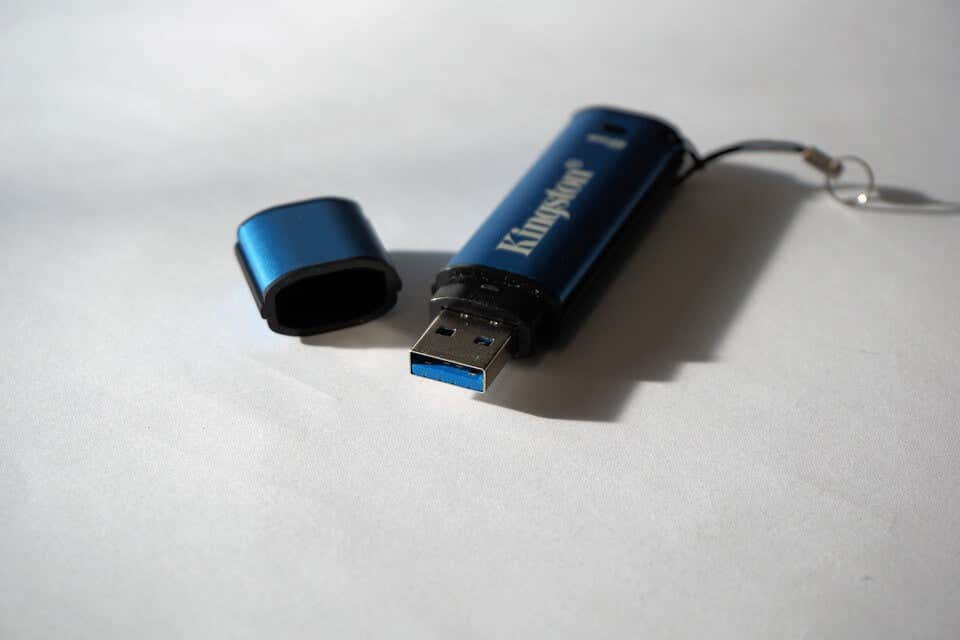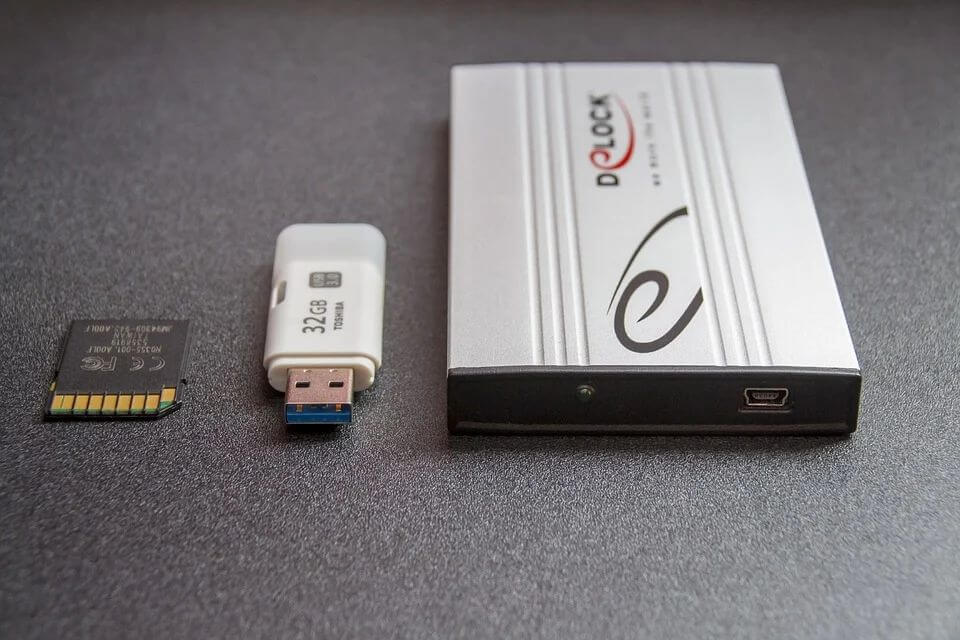Everyone gets bummed when their latest pen drive displays much less storage than it should have. The culprit is usually the file format.
You have probably encountered options like NTFS, FAT32, and exFAT while formatting a drive. What do all these file formats mean? How do they differ? And most importantly, which is the best file format for a USB drive?
An Introduction to File Formats
Before discussing which file format is better for USB drives, we need to understand what the file format does. How do different file systems differ? What makes a specific standard better for portable storage devices than others?
The File Allocation Table
At its simplest, a file format is a lookup table. It holds the location of every file on the drive, allowing the operating system to quickly locate any file without having to scour through the whole storage repeatedly.
This is why the first file format was just called the File Allocation Table, or FAT as you may have heard of it. The basic principle remained the same for many years, merely adding more storage with the FAT12, FAT16, and FAT32 formats.
With time, however, the FAT standard started showing its age. The format was too vulnerable to malicious code and did little to implement redundancies against data corruption. These were critical issues for a hard drive meant to hold system files for an operating system.
A New Generation of File Formats
File systems like the NTFS (New Technology File System) and HFS+ (Hierarchical File System), developed by Microsoft and Apple respectively for their own operating systems, are specialized to ensure the security and reliability of the data stored in the hard drive. While this naturally makes them superior to FAT32, it also makes them too inefficient for portable storage devices.
Devices like SD cards or USB drives need a simple file system to write to and do not have a large overhead. Unfortunately, file formats like NTFS tie up too much of their limited resources without offering performance advantages.
This is where exFAT comes in. It combines the efficient, no-nonsense structure of FAT with modern drive capacities, allowing all manner of portable devices to manage their data with minimal overheads. As we will see, exFAT is the best for formatting a small storage device like a USB drive.
The Contrstrained Choices: NTFS and HFS+
If you’re on Windows, your hard disk drive is probably formatted using the NTFS file system. This is great, as NTFS is the most modern file format out there, offering improved security and reliability.
The only problem with NTFS is the rather significant “overhead.” Simply put, the file table at the core of NTFS occupies too much space. The file system is designed with Windows in mind, but for a small storage device not meant to boot an operating system, it might not be the best choice.
HFS+ suffers from similar issues. It is the proprietary file system for Mac PCs, and as such can only be written and accessed by an Apple computer. This hurts portability, as most systems cannot read the USB stick’s data. Also, like NTFS, it is not the most storage efficient of file formats.
The Legacy Option: FAT32
The File Allocation Table or FAT is the oldest file system and the simplest one. Its improved version, FAT32, was the default file format for most computers and storage devices until recently.
The reason it fell out of favor is simple; it cannot support devices with more than 4 GB of storage. With USB drives offering dozens of gigabytes in memory, FAT32 is no longer a viable choice.
But if you are looking to format an old pen drive that does not cross that mark, FAT32 can be a good choice. It is easy to read and write on all platforms, including Windows, Macintosh, and even Linux. It might not be as secure as NTFS, but it does just fine for a portable storage device.
The Best Format: exFAT
Not everyone was enthused when Microsoft rolled out the NTFS file format as a replacement for FAT32. Small storage devices, like USB drives or SD cards, suffered due to the large data overhead of NTFS and wanted something slimmer. Something more like FAT32, but with a larger maximum storage size.
And Microsoft listened. The exFAT file format was released as the file system of choice for embedded systems. It is an extended version of the FAT32 format, supporting storage up to 128 PB (unlikely to be breached by any storage device soon).
Just as FAT32, exFAT is a very space-efficient file format, requiring minimal system resources to function. This is great for portable storage devices, as it allows them to squeeze out every ounce of storage for actual use rather than getting it tied up in system partitions.
Another advantage is that it is supported by Macintosh as well. Mac PCs can both read and write to exFAT USB drives, allowing portability between it and Windows. For Linux systems, you might need to jump through a few more hoops, but it is still doable.
Which File Format Should You Use for USB Drives?
The exFAT format is the best file format for USB drives. It is fast, efficient, and has a much smaller overhead than NTFS. Unlike FAT32, it is not limited to 4 GB of storage, making it suitable for high-capacity pen drives.
For older USB drives, FAT32 is also a decent choice. As long as the storage capacity does not exceed 4 GB, you can safely use FAT32 to format the drive. This will give you the efficiency of exFAT with a much wider range of portability.
FIle formats like NTFS or HFS+ aren’t ideal for small storage devices. Instead, you should use them for internal or external hard drives you use to boot an operating system and run the computer.




